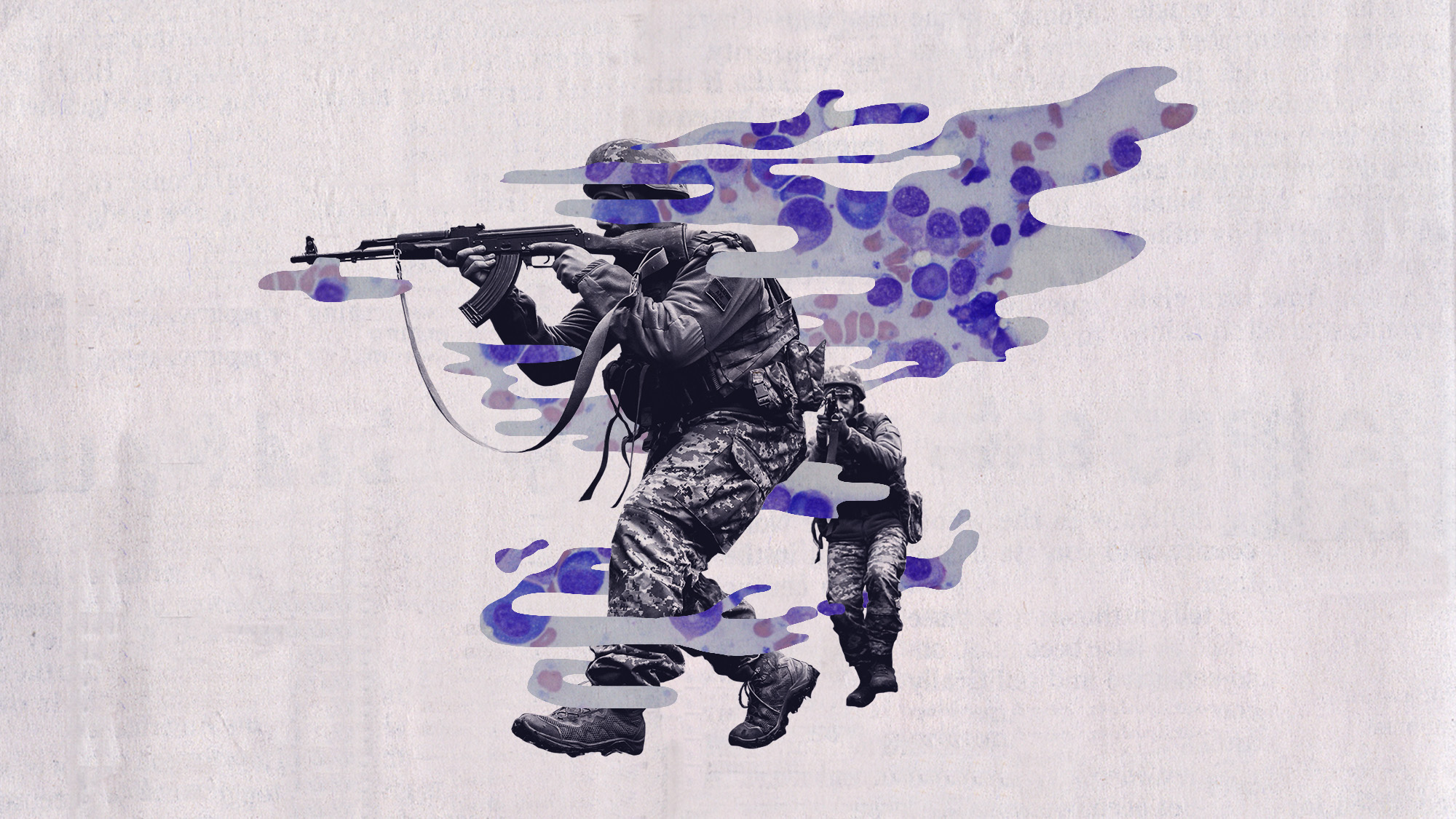Mediating Obama 2.0
Washington reporters have surprisingly elongated necks, capped by heads that are both hard and difficult to evade. The latest proof came last week, when the techno-savants of Obamaland joined the long list of White House occupants who have tried to “go over the heads” of the press and speak “directly” to the American people—only to run smack into the foreheads of what used to be called the Eastern Media Elite.
In struggling to make their case for the stimulus package, the Obamanauts ran into some thick Republican foreheads, too. But it wasn’t the partisan snipers who forced Tom Daschle’s retreat from a powerful post in the Obama administration. After getting off the phone with Daschle, NBC’s Andrea Mitchell reported that Daschle said he had been pushed over the edge in part by an editorial in The New York Times, which had called for his withdrawal.
What a remarkable admission. It was as if Daschle had entered a time machine and been transported back to 1965, when the Times could mint money and break politicians with the same casual ease. Like its peers, the Times editorial page projects the voice of an over-educated Foghorn Leghorn, dispensing avalanches of advice to the indifferent, the unreceptive and the openly hostile. (Boy! I say, Boy! Now if you wanna make friends you’re gonna—I say you’re gonna have to fiiiiire that Donny Rumsfeld, Boy!) Surely no Republican could have been similarly persuaded by the Times to quit the scene.
The Week
Escape your echo chamber. Get the facts behind the news, plus analysis from multiple perspectives.

Sign up for The Week's Free Newsletters
From our morning news briefing to a weekly Good News Newsletter, get the best of The Week delivered directly to your inbox.
From our morning news briefing to a weekly Good News Newsletter, get the best of The Week delivered directly to your inbox.
Yet despite the death spiral of newspapers and the distress of the MSM, it seems the old rooster can still crow. Perhaps the old crowd—and the trappings of authority and expertise they can still muster on the right occasion—matters more than some suspect.
In the early days of its presidential honeymoon, with the Obama team’s much lauded technological and communications prowess to guide it, the White House nevertheless failed to control the news of Daschle’s tax liability and influence peddling; failed
to slow the speed with which the story gained force; and failed to alter the toxic environment that transformed Daschle’s history of cashing in—a relatively mild example compared to countless former Members of Congress—into a source of public outrage.
The White House’s lack of control (mirrored by a tough week for stimulus) was bad for Obama, bad for Daschle, and quite possibly, given Daschle’s nearly unique skill set, bad for advocates of health care reform. But it was good for the elite press, which spontaneously read, and reflected, the public mood in a manner that suggests it’s not nearly as out of touch as its critics contend.
A free daily email with the biggest news stories of the day – and the best features from TheWeek.com
The dream of unmediated communication between leader and followers has been activated by every White House at least since Richard Nixon and Spiro Agnew put a bull’s eye on the press and started shooting. Every presidency since has strived to subvert the press’s power and find a way to narrate its own story, with varying degrees of success and credibility.
The press’s institutional resistance to those efforts creates a healthy tension, exacerbated, no doubt, by the fact that a portion of the national press corps is comprised of cynical jerks. But as history confirms time and again, there are many worse things in this world than jerks.
Whether you respect the press or not, the notion that the White House should command an unencumbered line to the people is ultimately a creepy one. It rests on a view of the press as a parasite, whose opinions, qualifiers, contradictions (and investigations) of the Great Leader pollute what should be a pure and harmonious stream of propaganda. Stalin had a direct line. So did Mao.
Obama 2.0, the shorthand for Organizing for America, the Obama group of volunteers and supporters whose 13-million-strong email list is housed at the Democratic National Committee, is the next iteration of a White House seeking to go “over the heads” of the institutional press (and of numerous bloggers who share many of the mainstream press’s values, whether they acknowledge that fact or not). The size of the list—13 million!—is unprecedented, and the passion of those on it is likely strong. Organizing for America will be a potent political force, useful to the president in all kinds of ways. But communicating directly with 13 million people is a long way from communicating directly with 300 million. In between, there are still an awful lot of foreheads.
Francis Wilkinson is executive editor of The Week.
-
 Antibiotic resistance: the hidden danger on Ukraine’s frontlines
Antibiotic resistance: the hidden danger on Ukraine’s frontlinesUnder The Radar Threat is spreading beyond war zones to the ‘doorstep’ of western Europe
-
 ‘Capitalism: A Global History’ by Sven Beckert and ‘American Canto’ by Olivia Nuzzi
‘Capitalism: A Global History’ by Sven Beckert and ‘American Canto’ by Olivia NuzziFeature A consummate history of capitalism and a memoir from the journalist who fell in love with RFK Jr.
-
 Who will the new limits on student loans affect?
Who will the new limits on student loans affect?The Explainer The Trump administration is imposing new limits for federal student loans starting on July 1, 2026
-
Issue of the week: Does a U.S. downgrade matter?
feature The debt deal has prevented an immediate downgrade in the country's credit rating, but the U.S. could very well lose its AAA rating in the future.
-
Conservative media clobber the GOP
feature